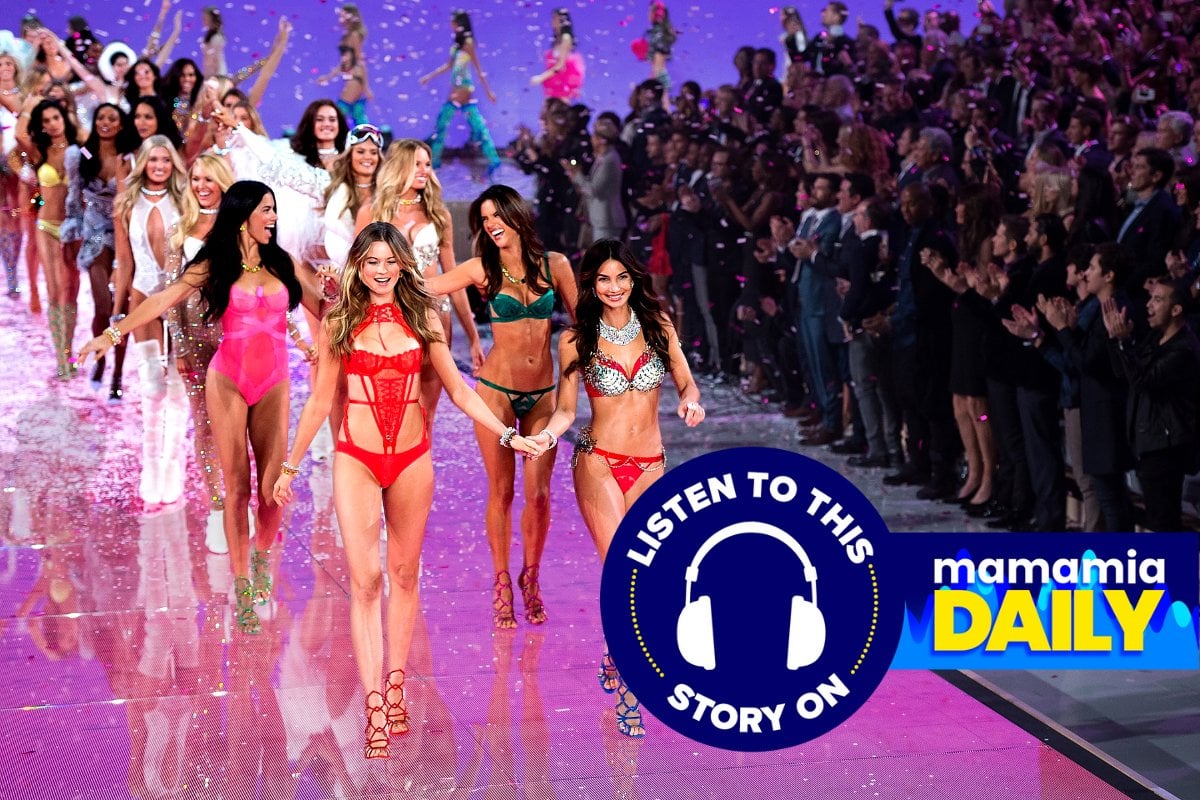
Listen to this story being read by Isabella Ross, here.
The dark underbelly of Victoria's Secret has once again been revealed in a new docuseries out this week.
Whether you watched the runway shows, bought the lingerie, or followed the cult 'Angels' on social media, chances are you encountered Victoria's Secret in one way or another. From the 1990s to 2018, the world's biggest lingerie brand would host a televised fashion show that often reinforced the standard of what 'sexy' looked like.
And it was completely unattainable.
But in the mid to late 2010s, things began to shift - allegations surfaced, a lack of diversity was called out, and the controversies piled up.
In the era of the #MeToo movement and inclusive brands like Aerie, ThirdLove and Rihanna's Savage X Fenty moving into the market and promoting the sex appeal of all body types, Victoria's Secret refused to adapt. And people noticed.
Sales dropped. Viewership plummeted. And the continual allegations of sexism, harassment and bullying arose. Victoria's Secret seemingly turned a blind eye to... all of it.
This is exactly what Victoria's Secret: Angels And Demons aimed to uncover.
So without further ado, here's what we've learned from the docuseries.
Watch Victoria's Secret: Angels And Demons trailer. Story continues below.

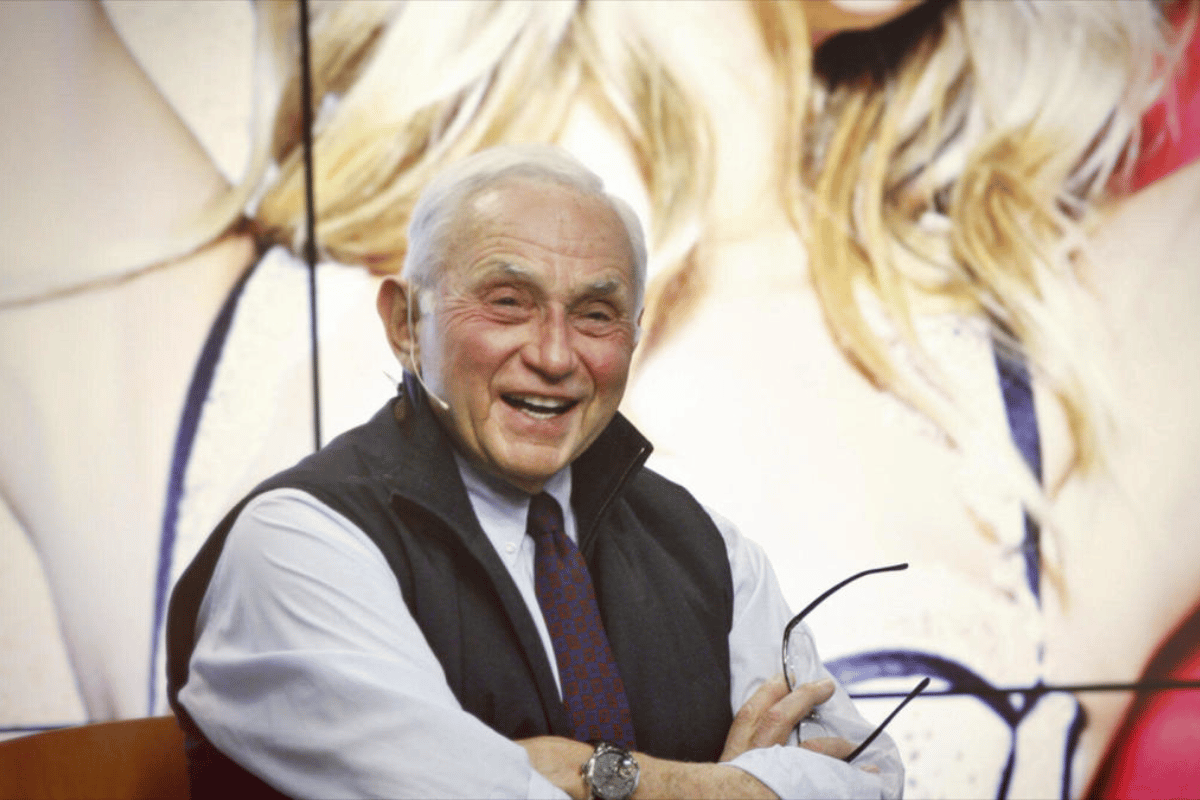
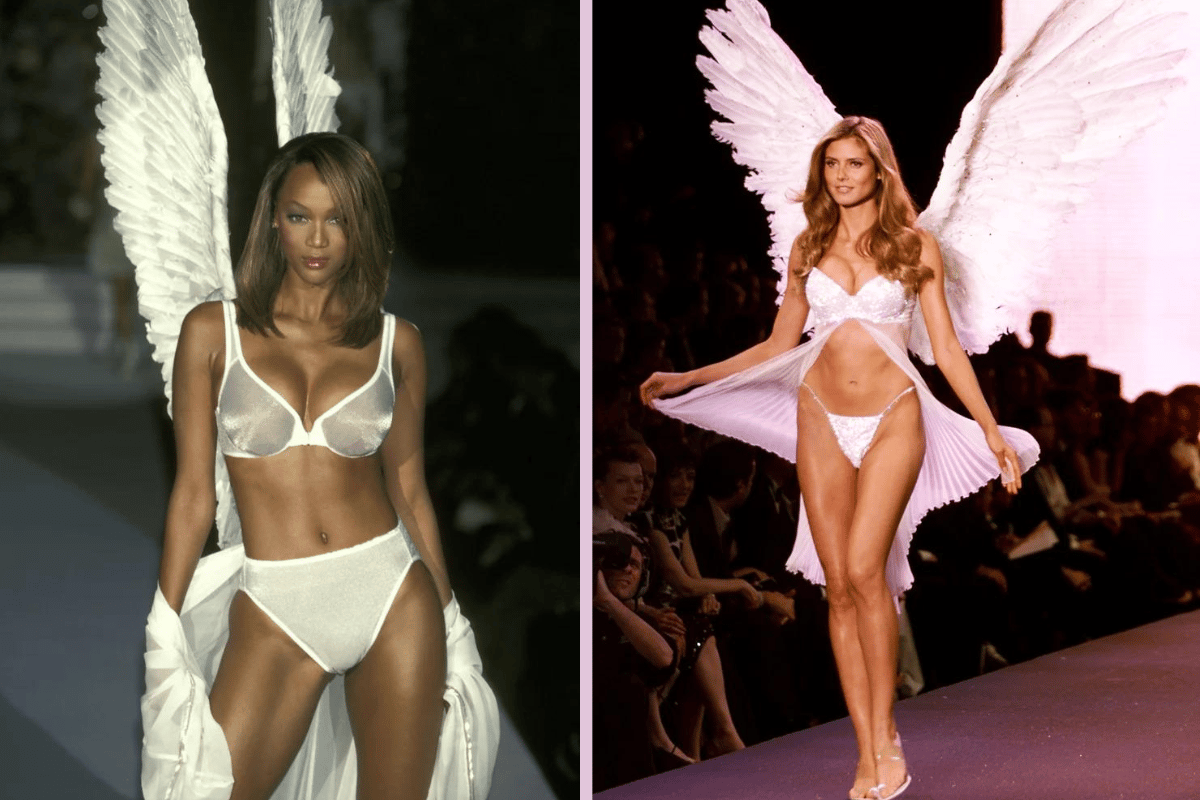
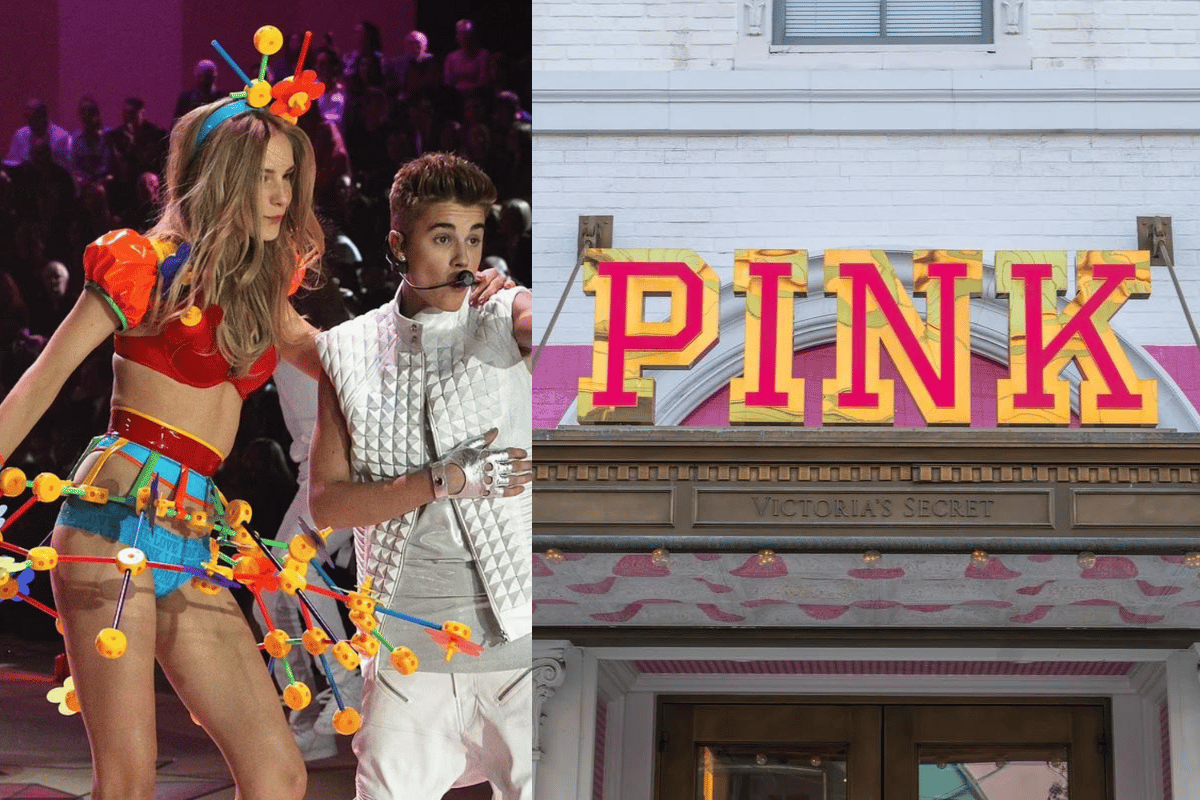
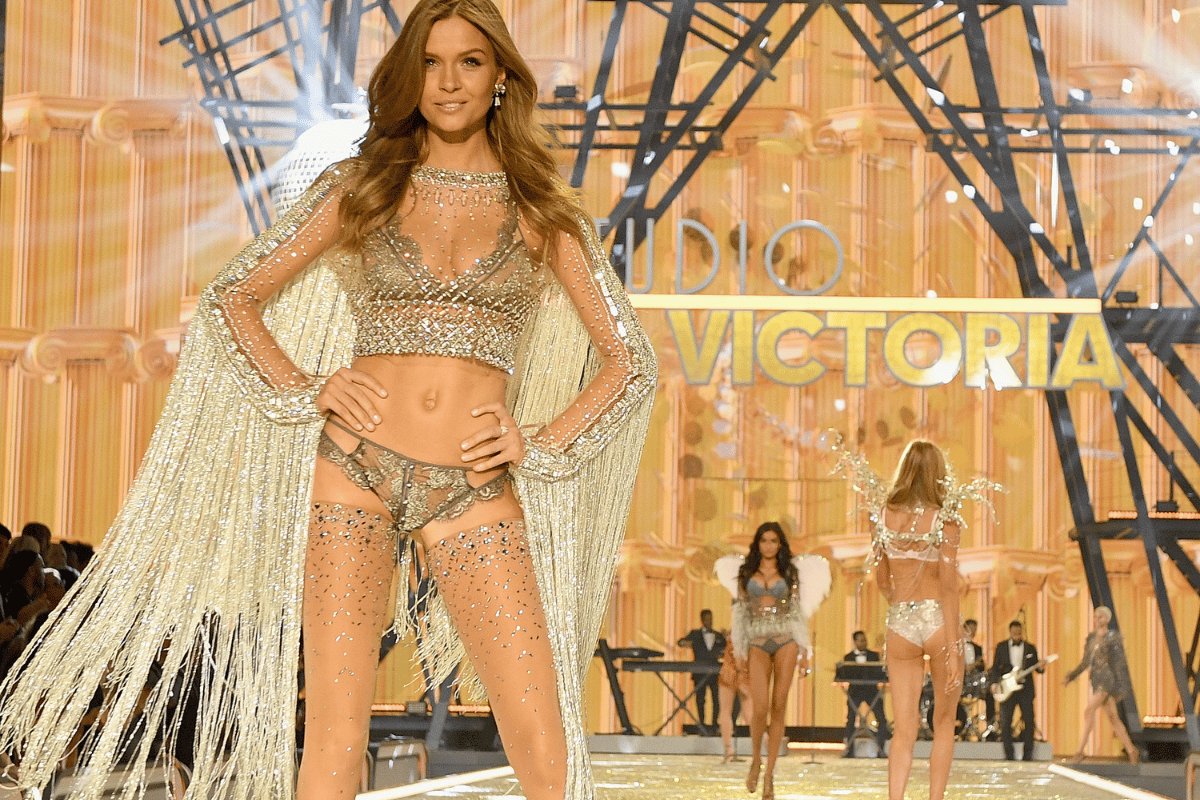
Top Comments